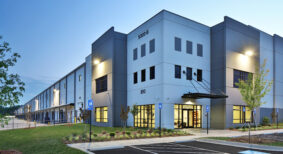As managers and cleaning professionals work to reopen commercial buildings, inactive plumbing lines may cause bacteria and corrosion problems that lead to health and safety issues beyond the spread of coronavirus.
As Klaus Reichardt, CEO and founder of Waterless Co. Inc., explains, “When buildings are closed for a prolonged period, water in the [plumbing] lines becomes stagnant.
“This means that bacteria and corrosion can develop, which can be harmful to building users if consumed.”
Reichardt says building managers and cleaning professionals often don’t understand that removing sediment from water in the building is not the responsibility of the water utility company; once clean and treated water is delivered, he says, their role in the process is complete. However, he notes, “[If] there still appears to be a water quality problem, now you can call the utility company. But they will want to see [that] all of these steps have been completed first.”
To prevent unwanted bacteria and corrosion, Reichardt suggests taking the following precautions when reopening facilities:
- Remove aerators from faucets and run cold water at high volume for twenty minutes, then repeat using hot water. Clean and replace aerators after both steps are completed.
- Flush all toilets at least once. If the water is discoloured, flush again until the water runs clear. Do the same for urinals. (Waterless urinals do not need any special treatment.)
- Run drinking water fountains for at least five minutes.
- Dispose of ice in refrigerators. Clean the containers, then prepare and discard two batches of ice. The third batch should be safe to use.
- If water features such as fountains were turned off, rinse thoroughly before operating. Also check filtering systems to ensure they are clean and free of debris.










